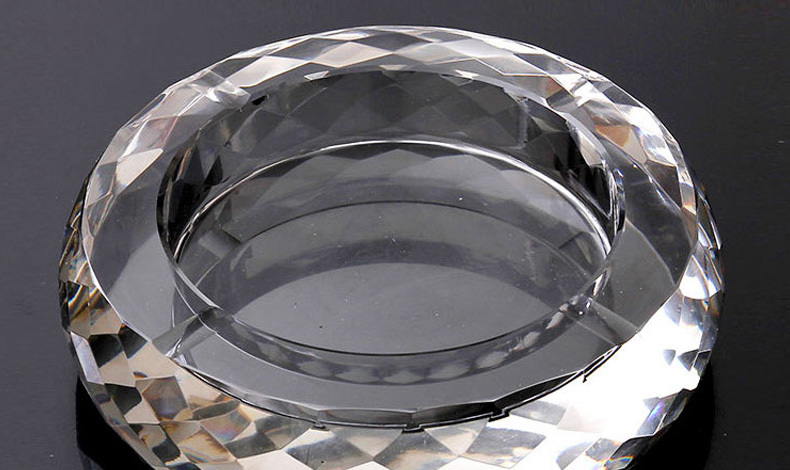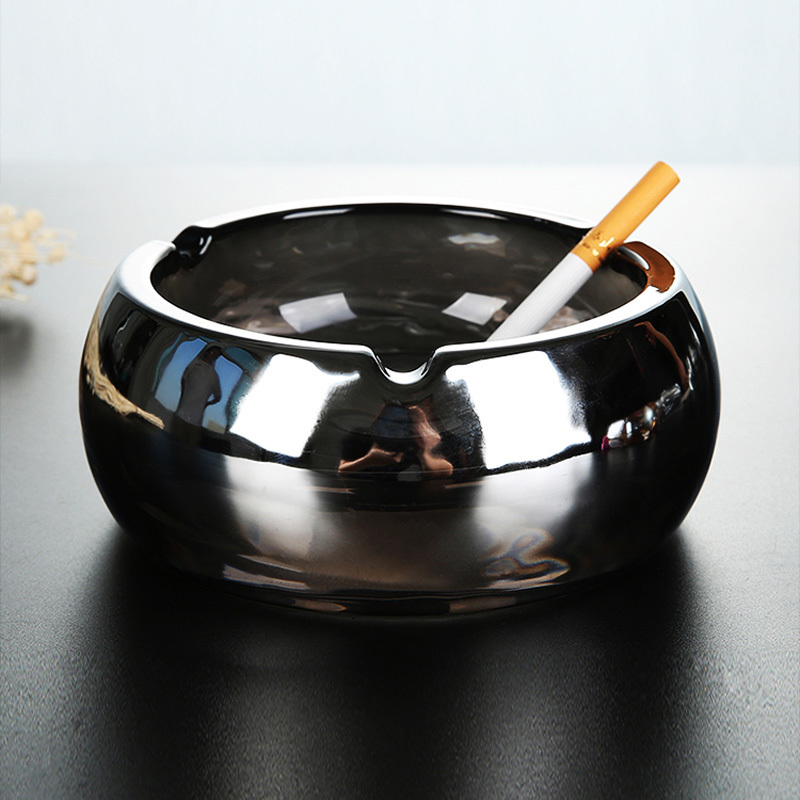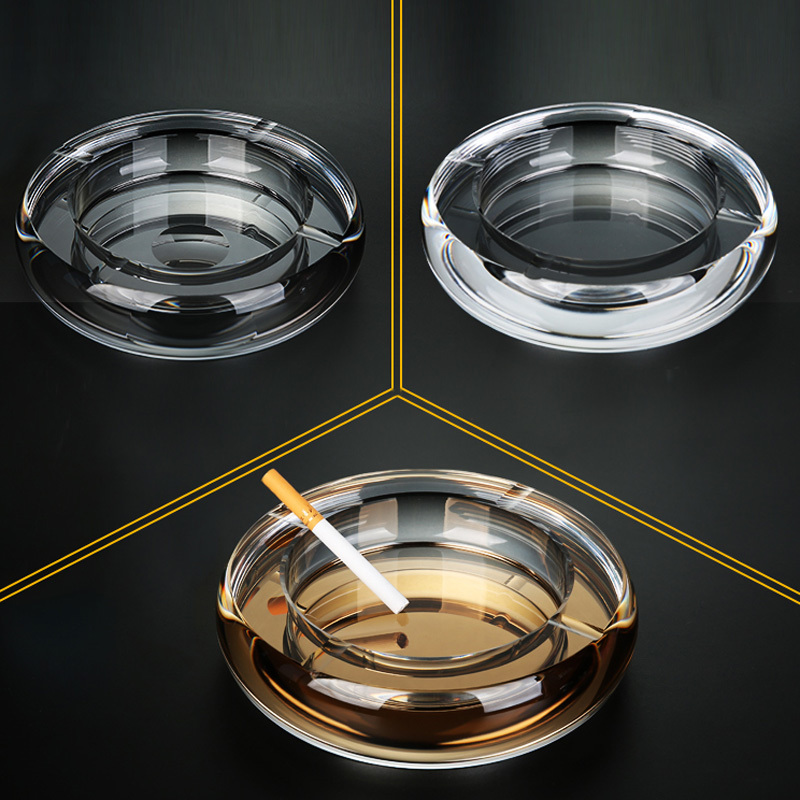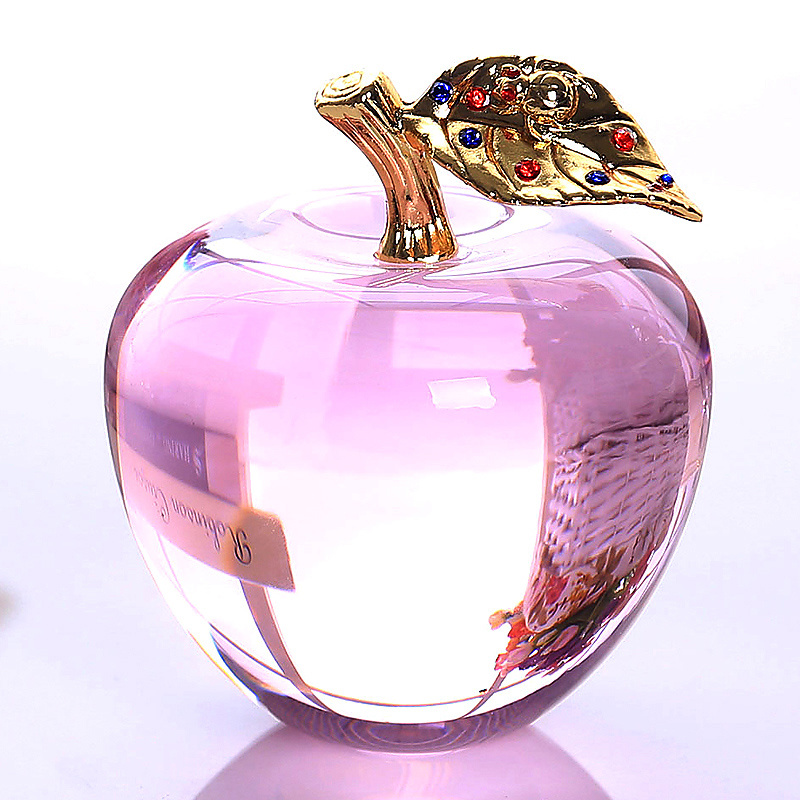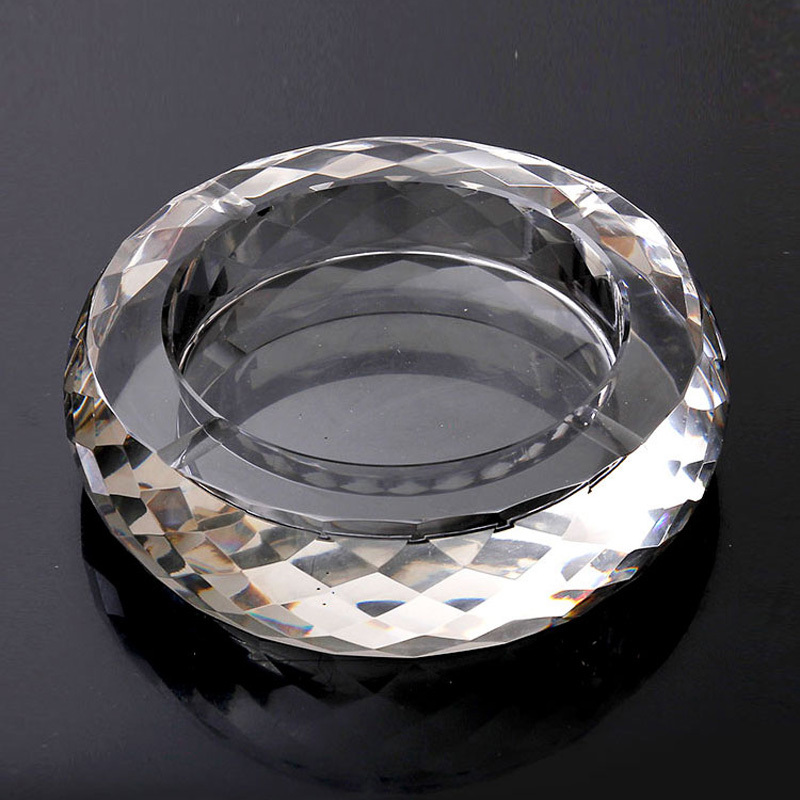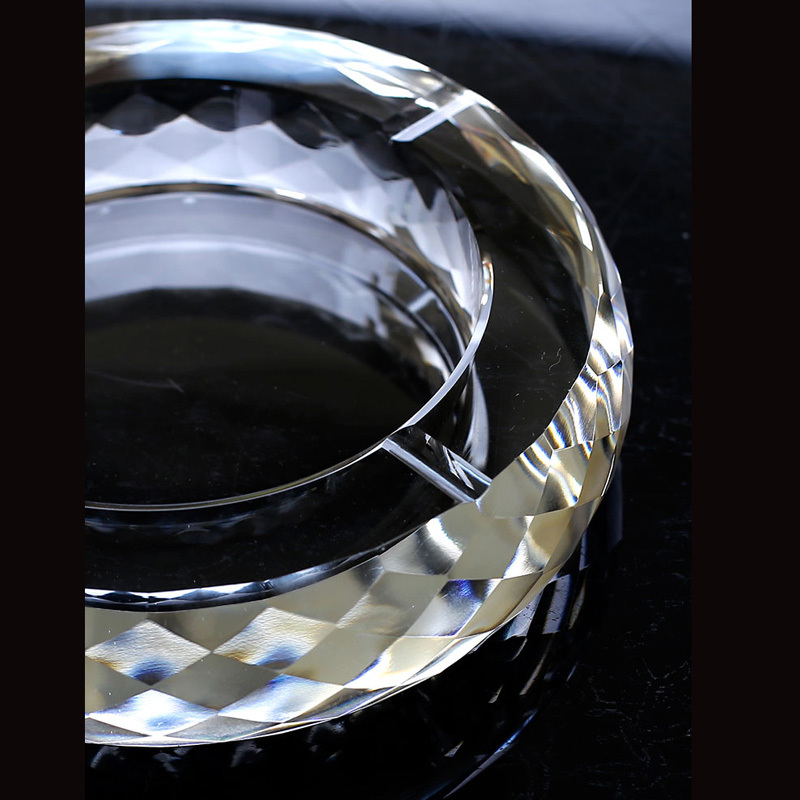Analysis of the Development Trends and Market Status of the Crystal Industry in 2023
Release time:
2023-11-29 14:12
Crystal is a rare mineral, a type of gemstone, a crystalline form of quartz, belonging to the quartz family in mineralogy. The main chemical component is silica, with the chemical formula SiO2. When pure, it forms colorless and transparent crystals. When containing trace elements such as Al and Fe, it appears pink, purple, yellow, brown, etc. By irradiating trace elements, different types of color centers are formed, producing different colors such as purple, yellow, brown, pink, etc. The minerals containing associated inclusions are called inclusion crystals, such as crystals, green ghosts, red rabbit hair, etc. The inclusions are rutile, tourmaline, actinolite, mica, chlorite, etc.
When the crystallization of silica is perfect, it is crystal; Quartz is the one with imperfect crystallization: after silica gel is dehydrated, it becomes agate; After the colloidal silica containing water solidifies, it becomes opal; When the grain size of silica is less than a few micrometers, it forms chalcedony, flint, and secondary quartzite. Crystals are mostly found underground or in caves, requiring a rich source of groundwater. Groundwater also contains saturated silica, and the pressure in this area is about twice to three times that of atmospheric pressure. The temperature needs to be between 550 and 600 ℃, and given appropriate time, crystals will crystallize into hexagonal columnar crystals according to the natural laws of the "cubic crystal system".


